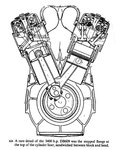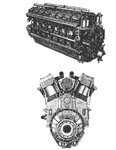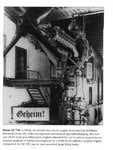Shortround6
Lieutenant General
The V-16 airship engine went 2000 kilograms, and gave 1320hp un-supercharged.
Diamler Benz had many good engineers but the fact that you can make a 2 ton + airship engine that can run at 900-1000hp for literally days on on end or stretch it to a 2500hp Motor torpedo boat engine does not automatically mean that they could succeed in making a high power V-16 airplane engine or X-24 airplane engine that weighed 1/3 the pounds per horsepower.
Diamler Benz had many good engineers but the fact that you can make a 2 ton + airship engine that can run at 900-1000hp for literally days on on end or stretch it to a 2500hp Motor torpedo boat engine does not automatically mean that they could succeed in making a high power V-16 airplane engine or X-24 airplane engine that weighed 1/3 the pounds per horsepower.

![DB 609A 100[100].jpg](/forum/data/attachments/177/177491-9094e6bdbc6abc2a01d6d20f615b07ab.jpg)

![АМ-36 V16 100[100].jpg](/forum/data/attachments/177/177493-7771900e64e42249ddbda6bc0222820e.jpg)


